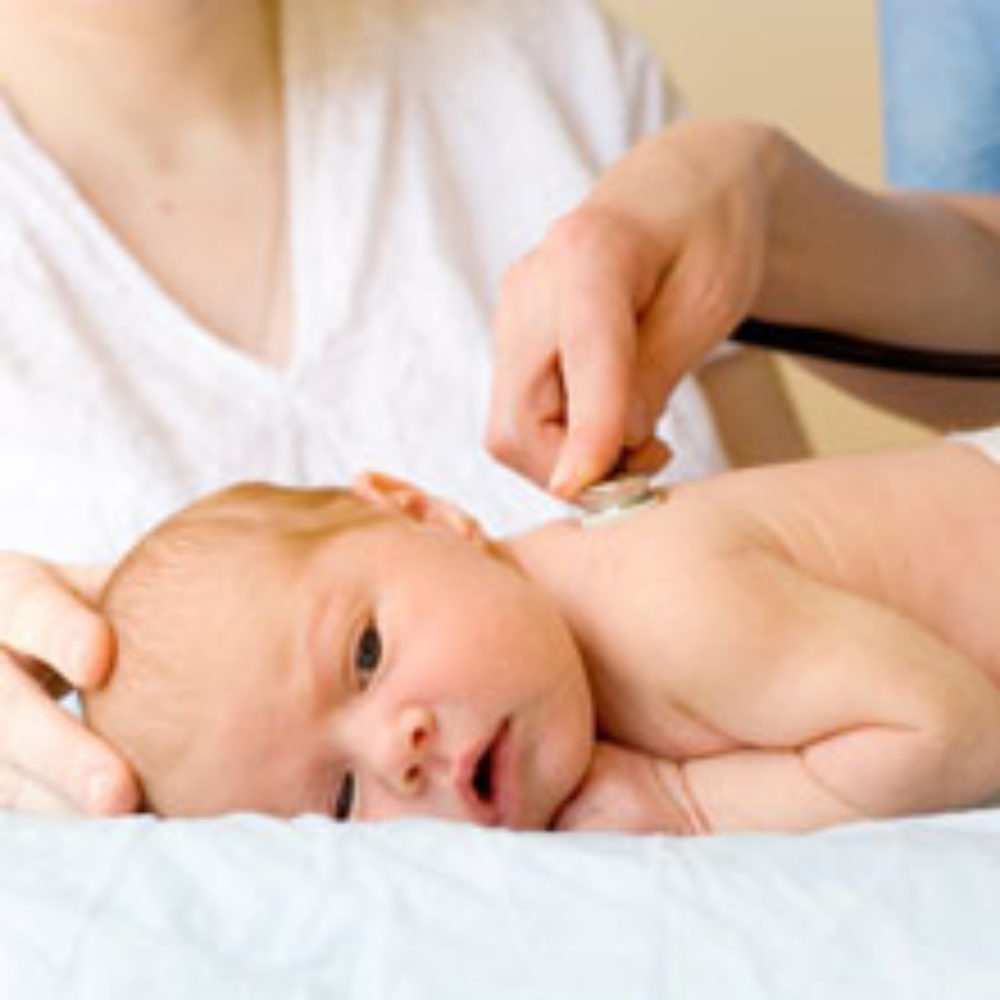FDA Researching Anesthesia Risks for Young Children, Infants

Preliminary results of an FDA initiative seeking to address the potential risks of anesthesia given to young children and infants appears to confirm fears that it may damage developing brains.
SmartTots (Strategies for Mitigating Anesthesia-Related neuro-Toxicity in Tots) is a joint program between the FDA and the International Anesthesia Research Society (IARS) to help fund and conduct research into the potential side effects of anesthesia for children under the age of four.
The FDA deems the research necessary considering the more than 1 million children under the age of four who receive anesthesia for surgery in the U.S. each year.

Did You Know?
Millions of Philips CPAP Machines Recalled
Philips DreamStation, CPAP and BiPAP machines sold in recent years may pose a risk of cancer, lung damage and other injuries.
Learn MoreIn response to the mounting concerns surrounding the anesthesia risks for young children and infants, the FDA issued a consumer update this week about the program, which was initially launched in 2010. The program is built around ongoing research from the Division of Neurotoxicity at FDA’s National Center for Toxicological Research (NCTR) along with the research of other major universities, including Columbia University and the University of Iowa.
The primary goal of SmartTots is to ensure the safety of small children and help protect young brains during a critical and significant time of neurodevelopment. The goal is to continue research already begun and help fund new projects.
The NCTR’s research, which began in 2003, focused on the side effects of ketamine on the brains and learning ability of rhesus monkeys. Ketamine is a common pediatric anesthetic widely used during surgery for young children.
Researchers found learning concepts, such as matching, took much longer in the ketamine treated monkeys. In fact, six years after the monkeys were treated with the anesthetic they still showed below normal brain function.
New Research Raises Concerns
A recent study published in the medical journal Neural Regeneration Research found the use of ketamine in young children during surgery may cause memory and learning disorders, as well as behavioral problems. The researchers warned that the pediatric anesthesia may cause neurological damage in children, leading to larger disabilities in a child’s learning and memory function.
Studies such as these cause some researchers to question the use of ketamine and other anesthetics in surgery for young patients. FDA officials hope the SmartTots program will offer the much needed research to help determine how anesthesia affects developing brains.
Dr. James Ramsay, SmartTots committee co-chair says children typically do not undergo surgery unless it is vital to their health and warns against postponing any needed surgery because of the fear of the effects of anesthesia. He says postponing surgery may lead to other significant health problems.
SmartTots issued a consensus statement in December 2012 which was endorsed by the FDA, the American Academy of Pediatrics and the American Society of Anesthesiologist warning parents against postponing surgery for fear of side effects from anesthesia.
“In the absence of conclusive evidence, it would be unethical to withhold sedation and anesthesia when necessary,” wrote researchers in the consensus statement.
Ramsay recommends parents and caretakers talk to a pediatrician or other health care professional about the risks before surgery is conducted. He urges parents to weigh the benefits of surgery against the risks of not treating certain conditions.
Get more articles like this sent directly to your inbox.
"*" indicates required fields




0 Comments